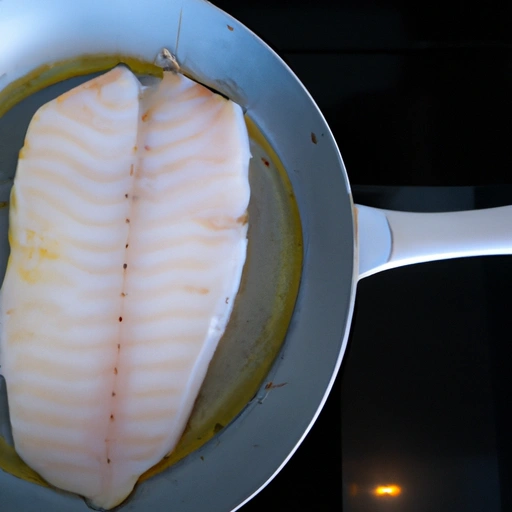Swordfish
Description

Swordfish is a highly prized seafood known for its firm texture and mild flavor, making it a favorite ingredient in various cuisines worldwide. Often found in warm and temperate waters, this large, migratory predator is notable for its elongated, sword-like bill, from which it derives its name. Swordfish steaks are particularly popular and are ideal for grilling, broiling, or pan-searing due to their meaty consistency.
Common uses
Swordfish is commonly used in dishes that require a robust fish that can withstand various cooking methods without falling apart. Its meaty texture makes it an excellent choice for kebabs, salads, and complex sauces. It’s also often served as the main protein in a meal, accompanied by a range of sides that complement its subtle taste.
Nutritional value
Calories
A 3-ounce (85g) cooked portion of swordfish provides approximately 146 calories.
Protein
This serving size contains about 20 grams of protein, essential for muscle repair and growth.
Fat
Swordfish contains approximately 7 grams of fat, which includes a mix of saturated and unsaturated fats.
Carbohydrates
It is virtually carbohydrate-free, making it an excellent choice for low-carb diets.
Vitamins
Swordfish is a good source of several vitamins, particularly vitamin D and some B vitamins like niacin.
Minerals
It is also rich in essential minerals such as selenium, phosphorus, and magnesium.
Health benefits
Eating swordfish can contribute to heart health due to its omega-3 fatty acids content. The protein in swordfish supports muscle maintenance, and the presence of vitamin D is beneficial for bone health and the immune system.
Potential risks
However, consumers should be aware of the potential risks associated with mercury content in swordfish. Pregnant women and young children are advised to limit their consumption due to the risk of mercury exposure.
Common recipes
Swordfish is a versatile ingredient featured in a variety of recipes, from Mediterranean-inspired swordfish pasta to Japanese-style swordfish teriyaki.
Cooking methods
Popular cooking methods for swordfish include grilling, where it is often marinated and then cooked over a high heat to achieve a charred exterior, as well as baking, broiling, and pan-searing.
Pairing with other ingredients
Swordfish pairs well with bold seasonings and sauces, such as lemon-herb butter, caper salsa, and soy-ginger glaze. It also complements simple sides like steamed vegetables, rice, or a fresh salad.
Summary
Swordfish is a treasured seafood ingredient appreciated for its firm, steak-like texture and mild flavor. It is rich in protein and minerals, making it a nutritiously dense option for meals. While it is enjoyed worldwide in various culinary applications, attention to its mercury content is important for safe consumption. With careful preparation and mindful indulgence, swordfish can be a delightful part of a diverse and healthy diet.